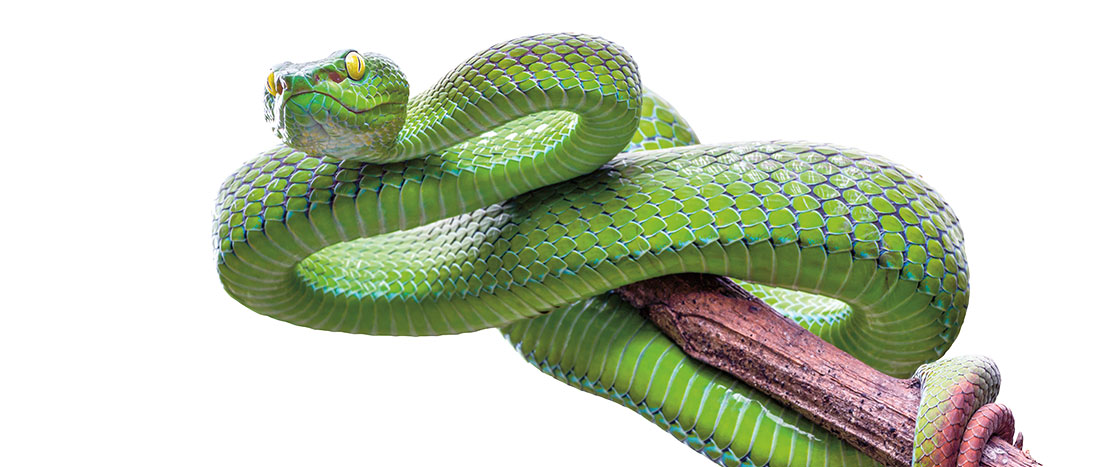iStockPhoto/Getty images
Octopuses can change their skin’s color, pattern, and texture to blend in anywhere.

These animals’ incredible superpowers help them find food—or avoid becoming another creature’s meal.
The Master of Disguise
iStockPhoto/Getty images
Octopuses can change their skin’s color, pattern, and texture to blend in anywhere.
The Shapeshifter
Shutterstock.com
Sea cucumbers are able to soften, squeeze, and stretch their bodies to fit into small spaces.
The Courageous Climber
Shutterstock.com
Mountain goats use their strong two-toed hoofs to climb up steep rocky walls.
The Copycat
iStockPhoto/Getty images
Lyrebirds can perfectly copy many sounds—from car alarms to crying babies!
The Super-Sensor
Shutterstock.com
Pit vipers don’t need light to see—they can find prey in the dark by sensing other animals’ body heat.
This infographic was originally published in the February 2020 issue.
While many animals use their eyes to navigate their surroundings, bats rely on echolocation. Learn about this animal’s remarkable superpower in this video from the Smithsonian Channel.
Take a look at the lyrebird in action! Your students will be astounded by this bird’s ability to mimic the sounds around it. Listen as it imitates fellow birds, car alarms, and even chainsaws!
Introduce your advanced science students to tardigrades, “the toughest animals on Earth,” in this video from TEDEd. These creatures have been around for more than 500 million years and are known for their ability to survive extreme temperatures, radiation, and the vacuum of outer space!
More About the Story
Skills
reading for information, evaluating
Complexity Factors
Purpose
The infographic provides facts about some animals’ interesting abilities.
Structure
Information is presented using text, text boxes, and images.
Language
The language is mainly conversational but includes the word prey.
Knowledge Demands
Some of the animals mentioned in the text will likely be unfamiliar to readers.
1. Reading and Discussing
Project the infographic as students follow along in their magazines.
Prompt students to use the headline, subhead, and central image to identify the topic of the infographic.
Ask: Is the purpose of the infographic to
Have students look over the labels and images surrounding the central image. Ask:
Break students into groups to read each section of the infographic and discuss what they find interesting, surprising, or convincing.
Come back together as a class and ask volunteers to summarize the main idea and supporting details from the infographic.
2. Writing
Preview the writing prompt in the “Write to Win” box.
Download and distribute the guided-writing activity that goes along with the infographic.
Have students respond to the writing prompt. If you wish, send their responses to our infographic contest.
Ideas to Engage and Inspire
Have students create their own infographics! Download our “Make Your Own Infographic” activity from Storyworks Digital.